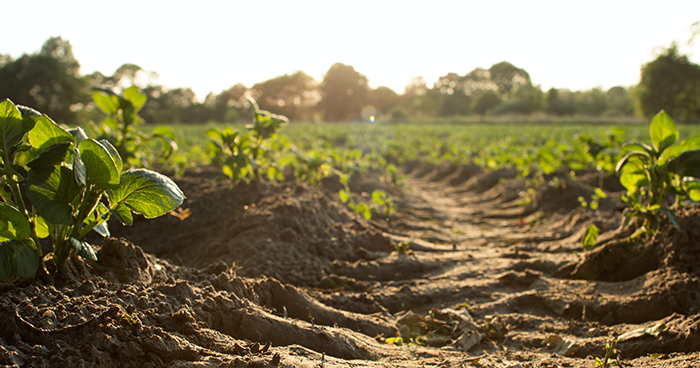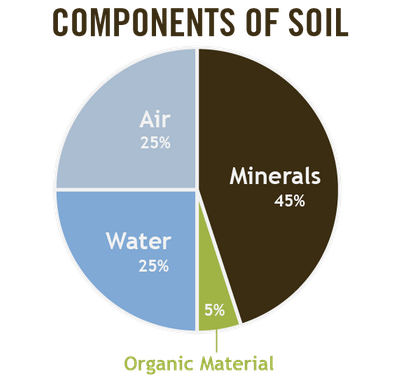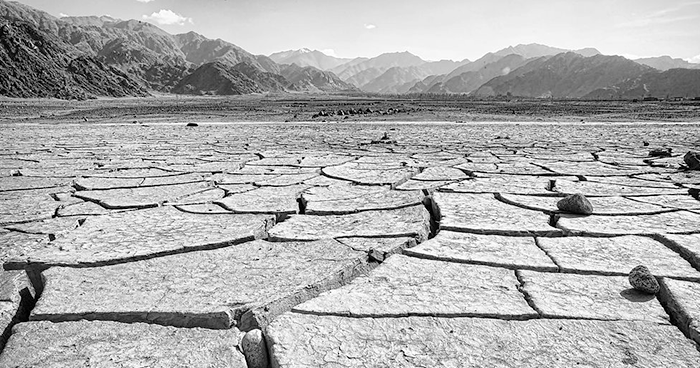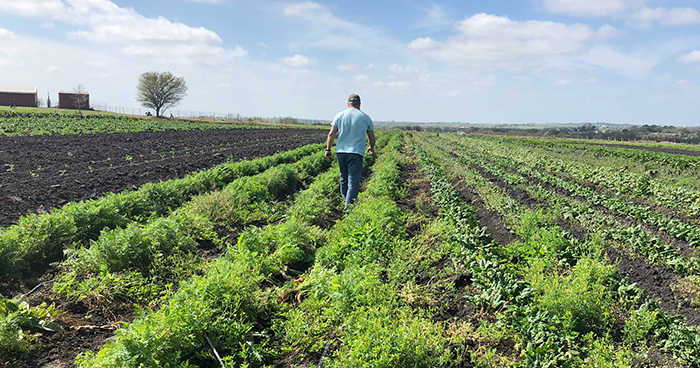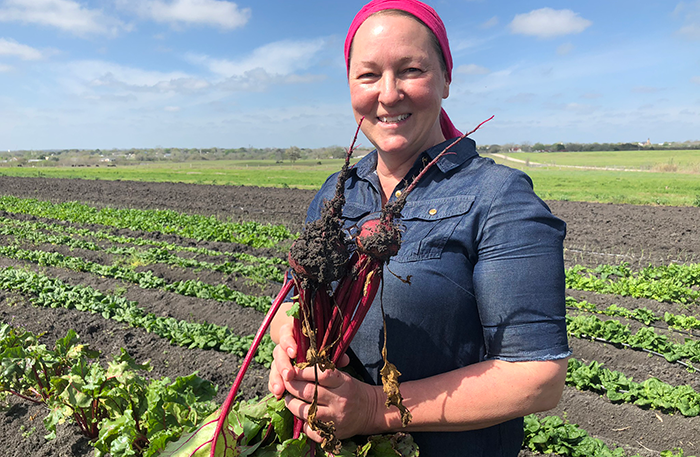Since the industrialization of agriculture, soil has been thought of as simply a growing medium. A blank canvas, soil could support plant life and be manipulated to increase yields. But now we know soil is far more than that - it is a complex ecosystem and a crucial and irreplaceable part of our world.
The standard model of industrial agriculture effectively removes minerals from the ground to the point of depletion and replaces them with fertilizer. This model leaves soil degraded, vulnerable to erosion, and unable to perform its essential functions of retaining water and carbon, which are critical to mitigating the effects of climate change.
But why is soil so critical to our climate, and why aren’t more farmers growing food in ways that protect this natural resource? Today, we’re digging deep into soil and sharing what can you do to help protect it for future generations.

